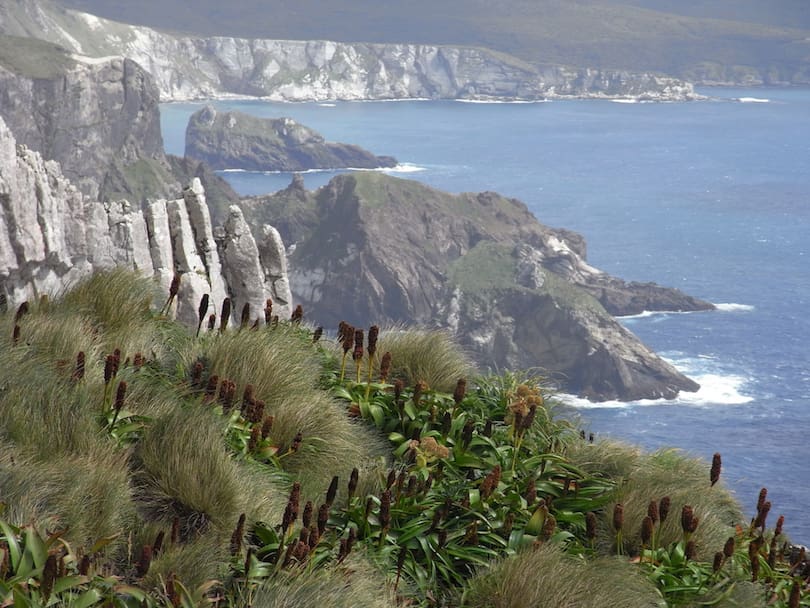If you’re a nature enthusiast, there’s nothing quite like the experience of observing animals in their natural habitat. The Himalayan Zoological Park in Gangtok, Sikkim is a must-visit destination for wildlife lovers. This park is home to a diverse range of animals and birds that are indigenous to the Himalayas. Spread over an area of 205 hectares, the park is situated at an altitude of 1780 meters above sea level and provides a spectacular view of the Kanchenjunga range.
Introduction
The Himalayan Zoological Park was established in 1991 to promote wildlife conservation and education. The park is a natural haven for endangered species that are unique to the Himalayan region. The park is located in Bulbuley, Gangtok, which is about 3 km from the city center. The park provides an excellent opportunity for visitors to experience the flora and fauna of the Himalayan region.
Location and Opening Hours
The Himalayan Zoological Park is situated at a distance of 3 km from the main city center of Gangtok. The park is open to visitors from 9:00 am to 4:00 pm on all days except Thursdays. The park is closed on Thursdays for maintenance and cleaning purposes.
History and Background
The Himalayan Zoological Park was established in 1991 with the objective of promoting wildlife conservation and education. The park was established by the Sikkim Government and the Ministry of Environment and Forests. The park covers an area of 205 hectares and is situated at an altitude of 1780 meters above sea level.
Flora and Fauna
The park is home to a diverse range of flora and fauna that are unique to the Himalayan region. The park is covered with dense forests of oak, birch, maple, and rhododendron trees. The park is also home to a wide variety of animals and birds such as the red panda, Himalayan black bear, snow leopard, musk deer, barking deer, and many more.
Endangered Species in the Park
The Himalayan Zoological Park is home to a number of endangered species that are unique to the Himalayan region. The park is actively involved in the conservation and breeding of these endangered species. Some of the endangered species that are found in the park are:
The Red Panda
The red panda is a small, arboreal mammal that is found in the Himalayan region. The red panda is an endangered species and is under threat due to habitat loss and poaching. The Himalayan Zoological Park is actively involved in the breeding and conservation of the red panda.
The Himalayan Black Bear
The Himalayan black bear is a large, omnivorous mammal that is found in the Himalayan region. The Himalayan black bear is an endangered species and is under threat due to habitat loss and poaching. The Himalayan Zoological Park is actively involved in the breeding and conservation of the Himalayan black bear.
The Snow Leopard
The snow leopard is a large, carnivorous mammal that is found in the Himalayan region. The snow leopard is an endangered species and is under threat due to habitat loss and poaching. The Himalayan Zoological Park is actively involved in the breeding and conservation of the snow leopard.
Other Animals and Birds in the Park
Apart from the endangered species, the park is also home to a diverse range of animals and birds. Visitors can spot animals such as musk deer, barking deer, Himalayan tahr, serow, goral, and many more. The park is also home to a variety of birds such as the Himalayan monal, satyr tragopan, blood pheasant, kalij pheasant, and many more.
Attractions and Things to Do in the Park
Apart from observing the animals in their natural habitat, the park offers several other attractions and things to do. Some of the attractions and things to do in the park are:
The Himalayan Mountaineering Institute
The Himalayan Mountaineering Institute is located within the premises of the park and was established in 1954. The institute offers various mountaineering courses, rock climbing courses, and adventure sports activities. Visitors can also visit the institute museum which showcases the history of mountaineering in the Himalayas.
The Padmaja Naidu Himalayan Zoological Park
The Padmaja Naidu Himalayan Zoological Park is located adjacent to the Himalayan Zoological Park and is home to a wide variety of animals and birds such as the Siberian tiger, Himalayan wolf, and many more.
The Tashi Viewpoint
The Tashi Viewpoint is located within the premises of the park and offers a breathtaking view of the Kanchenjunga range. Visitors can also enjoy the beauty of the sunrise and sunset from this viewpoint.
Visitor Information
The park is open to visitors from 9:00 am to 4:00 pm on all days except Thursdays. The entry fee for Indian nationals is INR 25 and for foreign nationals, it is INR 100. Visitors are advised to wear comfortable shoes and carry water bottles. The park is well connected by road and visitors can take a taxi or a bus to reach the park.
Conclusion
The Himalayan Zoological Park in Gangtok is a must-visit destination for wildlife lovers. The park offers a unique opportunity to observe the flora and fauna of the Himalayan region in their natural habitat. The park’s efforts towards the conservation and breeding of endangered species are commendable. Visitors can also enjoy various attractions and activities within the park.
FAQs
- Is the Himalayan Zoological Park open on all days of the week?
- No, the park is closed on Thursdays for maintenance and cleaning purposes.
- What is the entry fee for foreign nationals?
- The entry fee for foreign nationals is INR 100.
- What are some of the endangered species found in the park?
- Some of the endangered species found in the park are the red panda, Himalayan black bear, and the snow leopard.
- Can visitors take a bus to reach the park?
- Yes, the park is well connected by road and visitors can take a taxi or a bus to reach the park.
- Are visitors allowed to carry food and drinks inside the park?
- No, visitors are not allowed to carry food and drinks inside the park.






